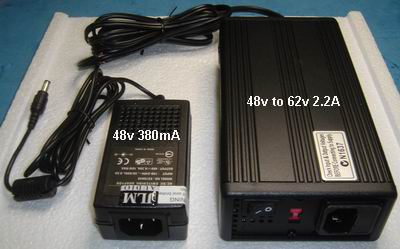I had a die punch for the rear sockets.. that was 2.5mm to small!
I used a round chainsaw file to make the holes big enough .. worked rough and fast! I want some one to look at it and not want to steal it!
I avoid the whole line in issue by not installing one.
Next kit will be a nice transformer balanced DI from using transformer from lundahl.
Im actually in the process of hunting down the final parts for my stereo gyraf 1176 which should be fun to build the panel for( dual vu , a dozen rotary switches).
For that one I'm thinking of using some kine of transparent laser printable plastic and end up gluing that onto a plain aluminium front panel and punching and drilling it out.
I was also eyeing these cheap ( $99AUS = ~$75USD) drill presses, but I looked at one closely on store the floor and the bit wobbled around , looks like shooting pool with a piece of rope. I will stick to my trusty Makita and drill file for now!
I used a round chainsaw file to make the holes big enough .. worked rough and fast! I want some one to look at it and not want to steal it!
I avoid the whole line in issue by not installing one.
Next kit will be a nice transformer balanced DI from using transformer from lundahl.
Im actually in the process of hunting down the final parts for my stereo gyraf 1176 which should be fun to build the panel for( dual vu , a dozen rotary switches).
For that one I'm thinking of using some kine of transparent laser printable plastic and end up gluing that onto a plain aluminium front panel and punching and drilling it out.
I was also eyeing these cheap ( $99AUS = ~$75USD) drill presses, but I looked at one closely on store the floor and the bit wobbled around , looks like shooting pool with a piece of rope. I will stick to my trusty Makita and drill file for now!

















![Soldering Iron Kit, 120W LED Digital Advanced Solder Iron Soldering Gun kit, 110V Welding Tools, Smart Temperature Control [356℉-932℉], Extra 5pcs Tips, Auto Sleep, Temp Calibration, Orange](https://m.media-amazon.com/images/I/51sFKu9SdeL._SL500_.jpg)


















